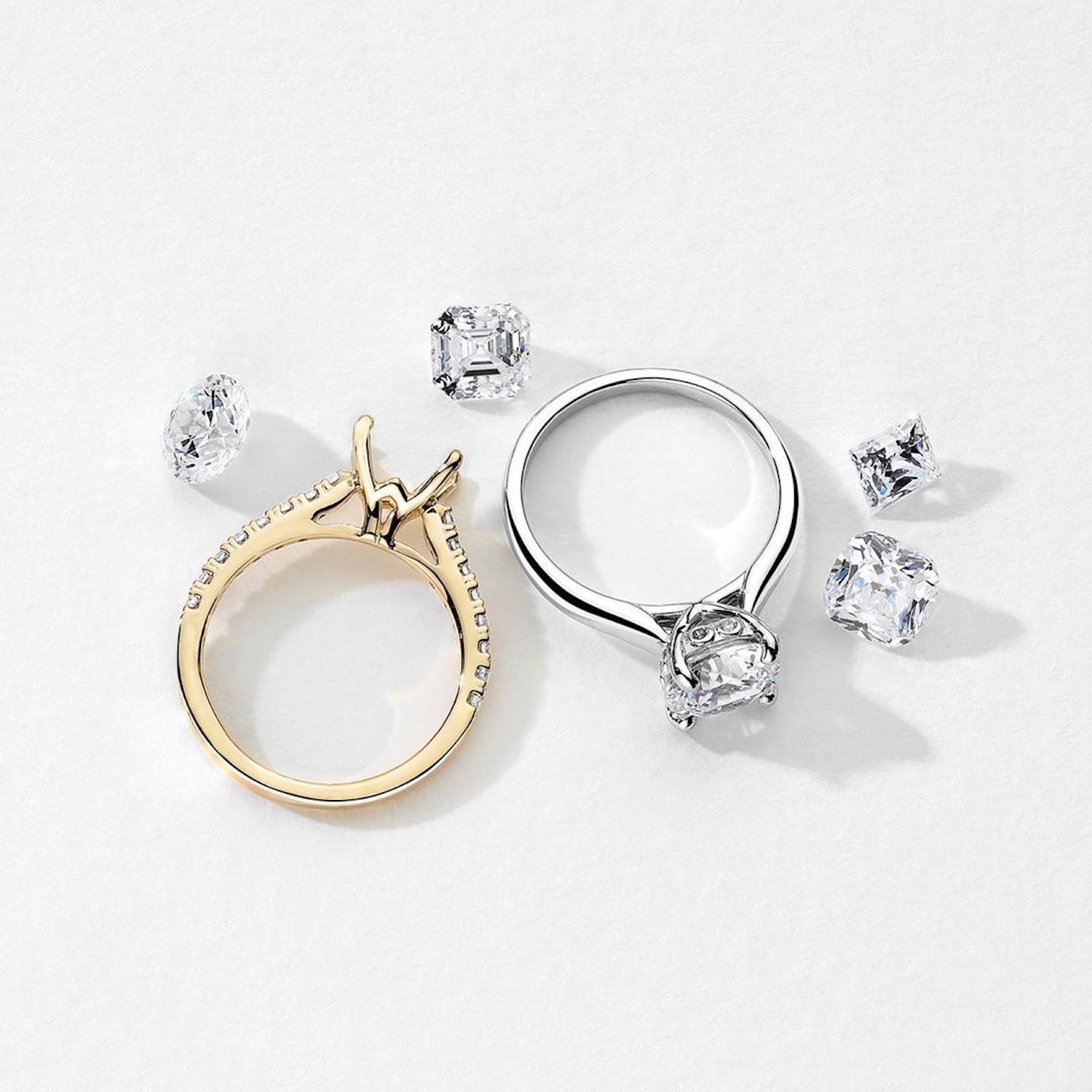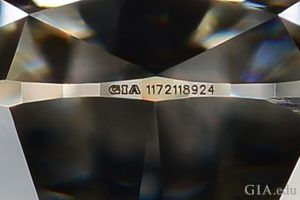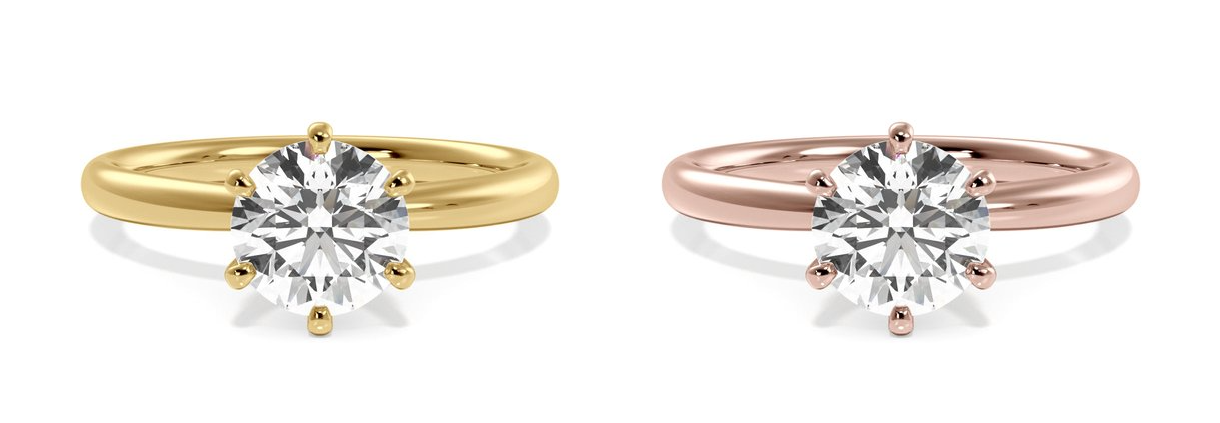Everything You Need to Know About the GIA

The GIA (Gemological Institute of America) is a non-profit organization that aims to protect buyers (and sellers) who are interested in buying diamonds and gemstones. The GIA has developed a standardization when it comes to grading diamonds and gemstones so that you will know the stone’s exact quality. Without this standardization, you could be overpaying for a stone! One of the ways the GIA has developed standardization in the industry is through the creation of the 4 Cs in the early 1940s. The 4 Cs (Cut, Color, Clarity, and Carat) are a way to determine the quality and value of a diamond. This cutting-edge laboratory can also determine a diamond’s geographic origin, if it was mined or lab-grown, and more.
The GIA also provides education for industry professionals. Those who are interested in the jewelry industry (or are already in the industry) can become GIA-certified gemologists. These students have undergone rigorous training in learning how to grade diamonds, identify gemstones, and more.
What is “GIA Certified”?
While shopping for a diamond or gemstone, you probably have heard the term “GIA certified.” The GIA doesn’t technically certify diamonds but grades them. Nevertheless, people still refer to diamonds graded by the GIA as GIA certified.
A diamond that is graded by the GIA has undergone intense grading on its 4 Cs, polish, symmetry, depth, and more. Your diamond will come with a grading report.
GIA reports for colored gemstones aren’t as in-depth as diamond reports. Gemstone reports will include details such as the stone’s measurements, carat weight, color, and shape. Gemstones do not undergo 4 Cs grading the way diamonds do – a gemstone report will only list its carat weight and color. Clarity and cut are not included. You can view a sample-colored gemstone report here.
Why is GIA Certification Important?
The GIA is generally considered the #1 diamond grading agency since it is strict and accurate. Not all agencies are 100% accurate when it comes to grading the 4 Cs, for example, they may give a diamond a G color grade when it is in fact an I color diamond. By choosing a GIA-certified diamond, you can be certain of its quality.
Does the GIA Laser Inscribe All Diamonds?
All diamonds graded by the GIA will have a laser inscription on their girdle.

You won’t be able to see the inscription with the naked eye, so you don’t have to worry about it ruining the beauty of your diamond. Each laser inscription is a unique set of numbers so that you can tell your diamond apart from other diamonds. Your diamond’s laser inscription will be listed in its GIA report.

Does the GIA Certify Lab-Grown Diamonds?
Yes, the GIA does indeed certify lab-grown diamonds. You can browse our collection of GIA-certified lab-grown diamonds here.
Is It Okay to Get Non-GIA Certified Diamonds?
There are plenty of certifying agencies, like the AGSL, that are respected and accurate. You should always do research on the agency that has graded your potential diamond to make sure they are reputable.
How to Get Your Diamond GIA Certified
You can submit your gem here to be certified. You’ll have to fill out a brief online form to tell the GIA a little bit about your diamond. Most people will submit their diamond through a jeweler who can handle shipping and insuring the diamond. You can also send your diamond directly to the GIA yourself. Fees for getting your diamond or gemstone graded are listed on their website here.
Does the GIA Certify Rings?
The GIA does not certify rings. They only grade loose stones. If your diamond or gemstone is set in a ring, you’ll need to go to a jeweler to have it removed from the setting.
Are GIA Diamonds More Expensive?
Diamonds that have been graded by the GIA aren’t more expensive than diamonds graded by other agencies – what determines a diamond’s price tag is how high-quality it is.
How Much is my GIA Diamond Worth?
While you can view your diamond’s GIA report online, it won’t tell you how much your diamond is worth. You’ll need to take it to a jeweler or appraiser to determine how much your diamond is worth. At Ritani, all our diamonds and engagement rings come with an appraisal.
Now that you’ve learned more about the GIA, browse our inventory of over 80,000 GIA-certified diamonds.



